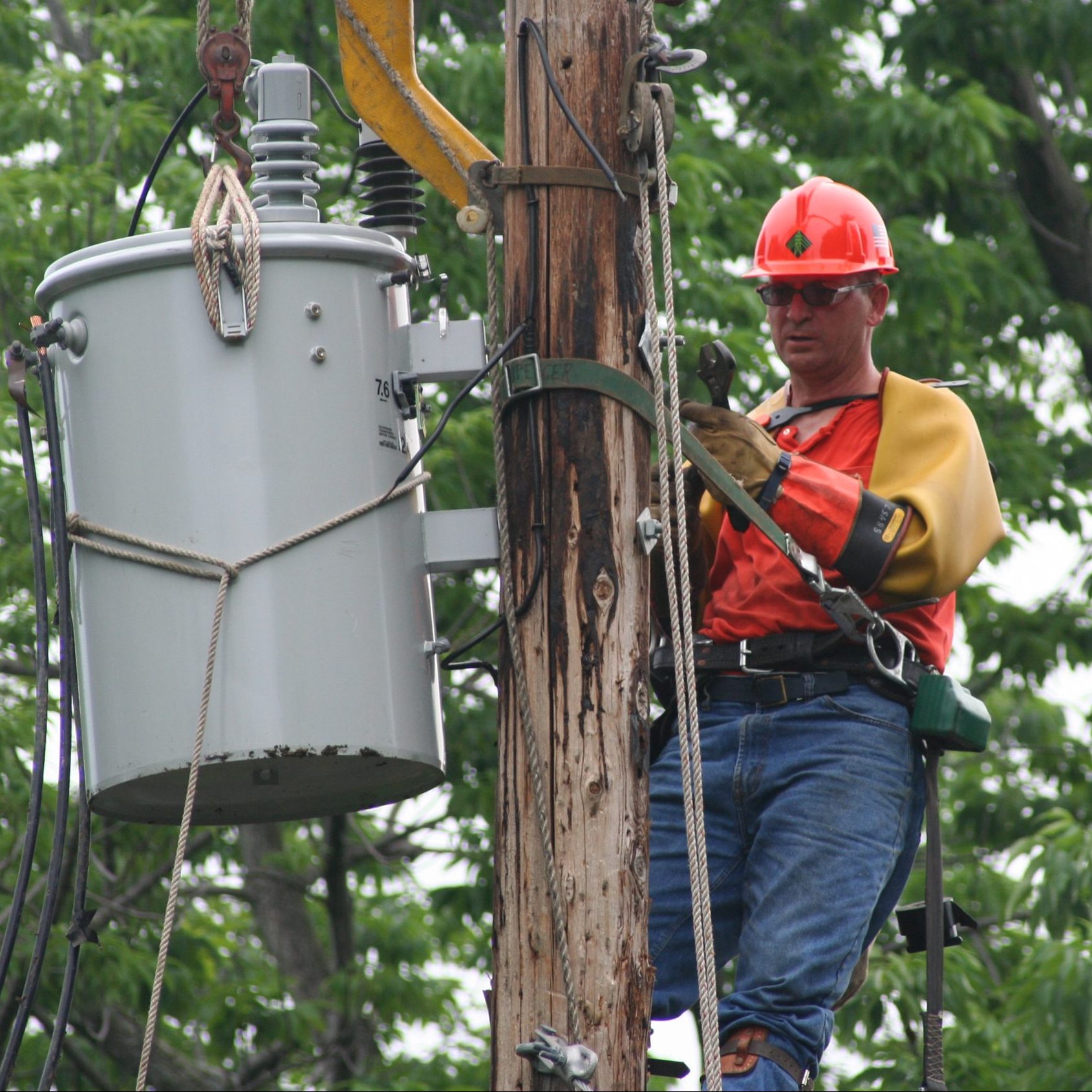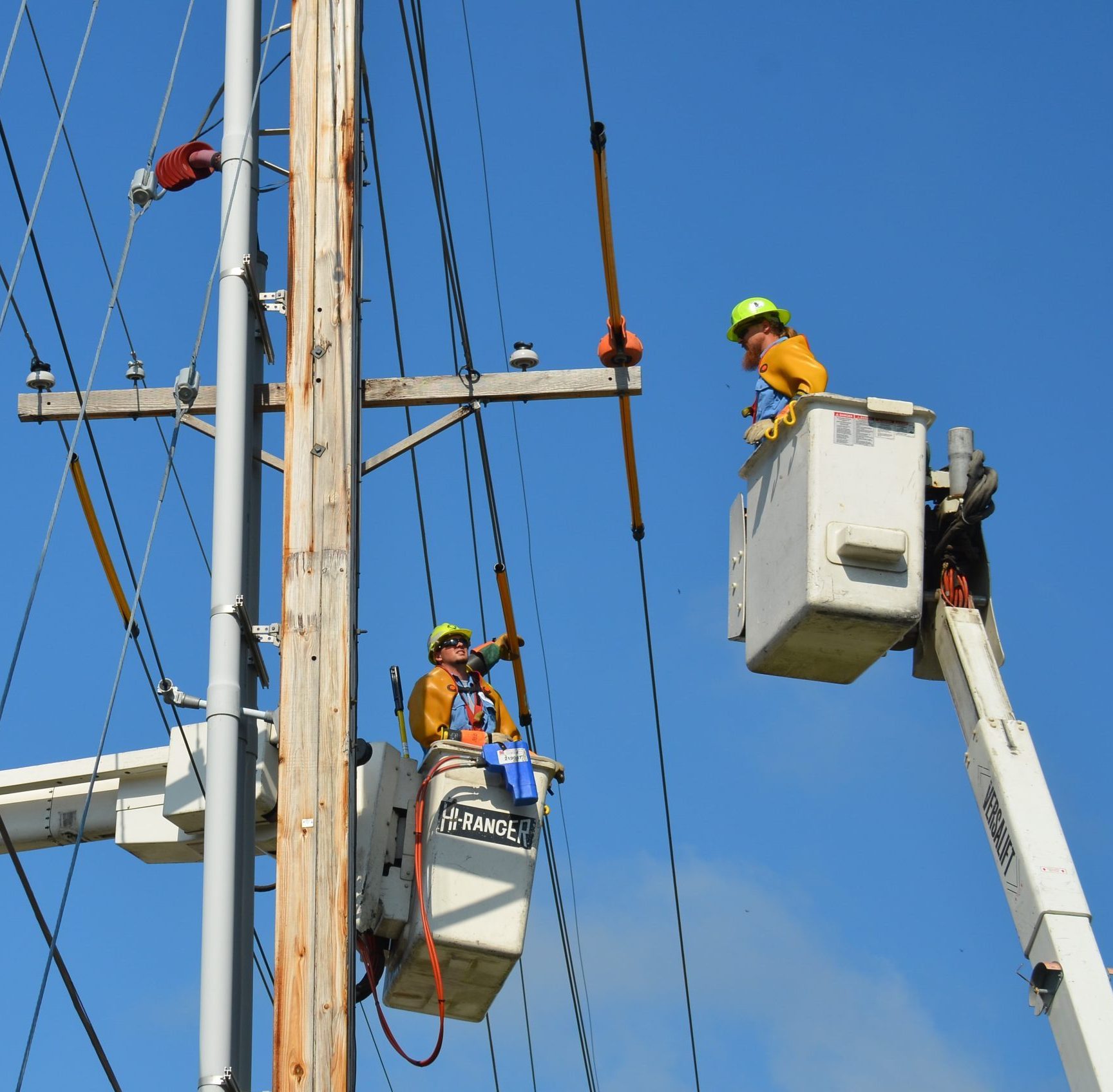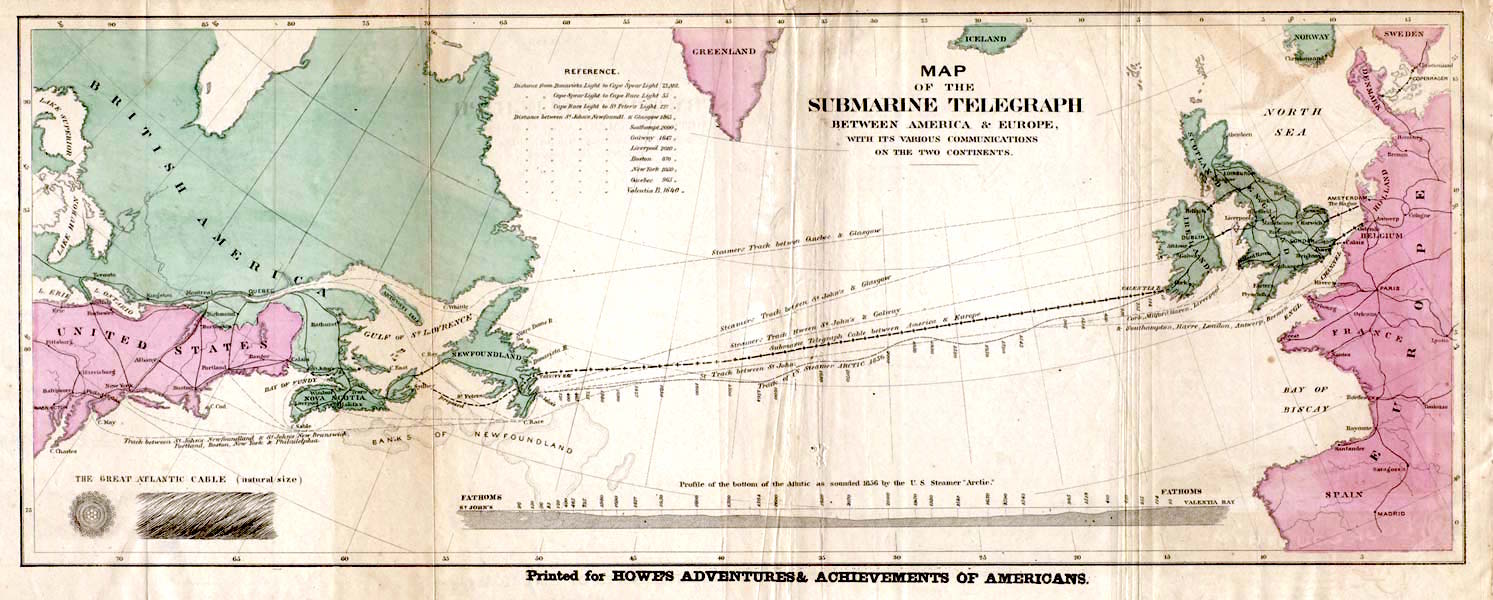In recent news, Hurricane Ian came through the state of Florida, Cuba, and faded into South Carolina at the end of September. Ultimately, Ian tied for 5th place as one of the strongest hurricanes to ever strike the United States with wind speeds reaching 150mph. Additionally, the storm brought in heavy amounts of water via rain and flooding. Some areas reported flooding as high as 12 to 18 feet, as well as 21 inches of rain in 36 hours. The rain alone ranked third for the most rain output in Florida since Hurricane Harvey in 2005. Hurricane Ian also produced as much as 34,000 lightning strikes, 1,000 of those being in the eye alone. The storm was so electrically and physically severe, the entire island of Cuba lost power, along with almost 25% of Florida, leaving the state requesting initial help from all over the country from one specific trade – line workers. Over 40,000-line workers reported to Florida for relief efforts. Although roughly 400,000 people are still without power, many of those are in highly destroyed areas that won’t be repairable until flooding has resided, and further cleanup has been done. Granted, that number is far better than the original 3 million reported outages. Line workers are notably one of the first people to begin helping repair areas struck by natural disasters, but it’s due to their true responsibilities. Line workers are responsible for maintaining the electricity being run to businesses, homes, and important buildings such as hospitals, schools, and relief stations.
Line workers were introduced to the workforce in the 1840’s with the creation of telegraphs by Samuel Morse. The telegraph revolutionized long distance communication by transmitting electrical signals over a wire between stations. Morse Code was developed, hence the creators name, and in 1844, the first message was sent from Washington D.C. to Baltimore. In 1866, a telegraph wire was laid across the Atlantic Ocean to connect us to Europe, however, it stopped working after a few weeks. With this new communication device came further developments, replacing it entirely with telephones, fax machines, and eventually the Internet. However, these workers also worked on power lines. Throughout the late 1800’s, inventors and electrical pioneers tried developing ideas on providing electricity to larger populations, but many ideas were based on water-energy or coal; Both of which were costly and considered a luxury yet couldn’t stretch farther than a half mile. Thomas Edison was battling a neighboring company by George Westinghouse on creating a power system that could transport electricity over long distances easier and cheaper. However, Westinghouse beat him to the finish line and built the first lines connecting Niagara Falls to Buffalo, New York 20 miles away. By 1914, 43 states had regulated commissions to oversee electric utilities, which became much cheaper by 1960. Being able to connect cities together across the country was proving to be one of the most innovative accomplishments of this country, however it came with a very heavy cost. Originally, power and telegraph lines were simply strung across tree branches before being modified into having designated wooden poles, which are still used today. This original method caused many electrocutions due to voltages having a way to ground themselves and safety regulations not existing, thus line workers passed away. In fact, between 1890 and 1930, being a line worker was one of the most dangerous occupations with 1 in 3 dying on the job. This heart-wrenching statistic drove many people to begin seeking ways to improve the safety of the workers, both with tools and what they wear. It also led to the founding of many organizations to reinforce the new and upcoming standards, most notably, the International Brotherhood of Electrical Workers (IBEW) in 1891.


Line workers now wear rubber gloves, sometimes having them extend up their arms to protect them from voltages of 30,000 and higher. Rubber is an insulator, as well as wood and paper, meaning they are not able to conduct electricity. In order for the rubber gloves to be effective, they must be 100% rubber, or else they could not protect from electrocution. You may also have seen workers placing orange covers on wires. These are called hoses, and they are to protect workers from lines that need to remain ‘on’ or ‘hot’ during the course of work. Interestingly, they’re called hoses for not only their physical appearance, but workers would use literal garden hoses for this same purpose in the early days of this industry.
Working on power and telecommunication lines is an occupation that is available anywhere in the world (at least where power is sought after of course). There is around 9 million miles of wires across the United States’ power grid, which is broken up into three sections – the Texas Interconnected, the Western Interconnection, and the Eastern Interconnection. To maintain the upkeep and repairs of these lines, there are roughly 120,376-line workers in the industry as of this year, with 6,100 of them being female. On average, the salary for a line worker is around $85,000, with Hawaii having the largest average at almost $100,000. The varying severity of the job also contributes to compensation. For instance, a line worker that deals with connecting residences to powerlines won’t make as much as a line worker that is guided along high-voltage power towers by a helicopter 400ft above the ground. We know what you’re thinking, and yes, people choose to do that job.
Although the benefits may be great, being a line worker requires extreme dedication to perfection. Electrical work isn’t an area where second chances are available; and if they are, you’re lucky. It is an extremely intense process including schooling, hands-on experience, and even years in the industry before being considered a master. Training can take up to 7,000 hours total and requires not only understanding the material but being physically able to do it. Many line workers are most often seen in the buckets attached to trucks. However, if that option isn’t available, you need to be able to scale the poles yourself to complete the job. You also need to be able to administer CPR and perform other safety procedures should something occur in the air. It’s imperative that you understand how to handle an individual who’s been electrocuted as they could still hold charge strong enough to electrocute yourself as well.
This photo is Pulitzer Prize winner, The Kiss of Life, by Rocco Morabito. In July 1967, linemen were completing a routine maintenance job. Morabito stopped to photograph the workers but ended up catching an award-winning yet stressful situation. Randall Champion brushed one of the lines and was instantly electrocuted and knocked unconscious. With his safety belt holding him to the pole, fellow worker, J.D. Thompson climbed down from another pole, ran 400 feet, and scaled up to Champion. Unable to administer proper CPR due to Champion hanging upside down, he blew air into his partners mouth and struck his chest. Once he felt a faint pulse, Thompson unhooked his partner, threw him over his shoulders, and climbed down the pole where other workers performed correct CPR until paramedics arrived. Thanks to the quick thinking and actions of Thompson, Champion faced no complications following the incident, and continued living a normal life.
To be a line worker, you must be willing to put yourself in situations where you may experience disaster relief, handling fatal voltages, and many other dangerous environments. You also must be a team player and have good camaraderie and communication with your team, as everyone’s wish is to go home. It’s also extreme pressure when it’s up to you and your team to bring power and electricity back to those in desperate need, such as hospitals, disaster relief stations, and nursing homes. Your job is essential to the lives of many others. It is a daunting job, but it has high rewards such as lengthy time off, great benefits, and amazing friendships! If you’ve enjoyed this blog, please leave a comment below and share online via the icons!
Share this Post





